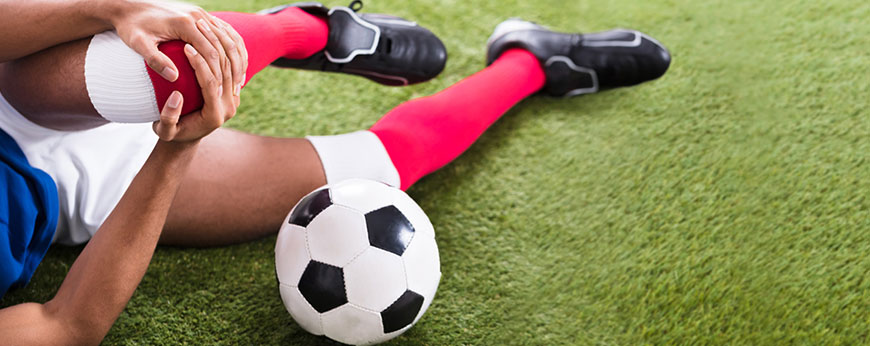Sports Injuries

Meaning:
Sports injuries refer to physical damage sustained during athletic activities, ranging from minor strains and sprains to severe fractures or concussions. These injuries can affect muscles, bones, joints, tendons, ligaments, or soft tissues and may occur during both professional and recreational sports. They can result from accidents, overuse, improper technique, or lack of conditioning.
Symptoms:
- Pain or discomfort at the site of injury, which may worsen with movement or pressure.
- Swelling, bruising, or redness around the affected area.
- Limited range of motion or difficulty using the injured part of the body.
- Weakness or instability in the affected joint or muscle.
- Numbness, tingling, or sharp shooting pain indicating potential nerve involvement.
- In more severe cases, deformity, an open wound, or an inability to bear weight on the injured limb.
Possible Causes:
- Trauma or Direct Impact: Blows or collisions, such as in contact sports (football, rugby) or accidents.
- Overuse Injuries: Repetitive motion over time can cause stress on muscles and joints, leading to strains, sprains, or stress fractures (e.g., tennis elbow, runner’s knee).
- Improper Technique: Using incorrect form while lifting, running, or playing can result in strain or injury.
- Insufficient Warm-up or Conditioning: Engaging in sports without proper warm-up can increase the risk of muscle injuries.
- Environmental Factors: Playing on uneven surfaces, harsh weather conditions, or inadequate equipment can contribute to injury.
- Weakness or Imbalance: Poor muscle strength or imbalances may lead to joint instability and injuries.
Care and Treatment:
Initial Care (R.I.C.E. Method):
- Rest: Avoid using the injured area to prevent further damage.
- Ice: Apply ice to reduce swelling and numb pain.
- Compression: Use bandages or wraps to control swelling and stabilize the injury.
- Elevation: Raise the injured area to reduce swelling.
Medications:
- Over-the-counter pain relievers (e.g., acetaminophen, ibuprofen) to reduce pain and inflammation.
- In cases of severe pain, a doctor may prescribe stronger medications or muscle relaxants.
Physical Therapy:
- Rehabilitation exercises to strengthen muscles, restore flexibility, and improve joint stability.
- Techniques like stretching, strengthening, and balance exercises to aid in recovery.
Surgical Treatment:
- For severe injuries like ligament tears (ACL) or fractures, surgery may be necessary to repair damage or stabilize the joint.
- Arthroscopy or other minimally invasive techniques may be used to repair soft tissues or remove damaged parts.
